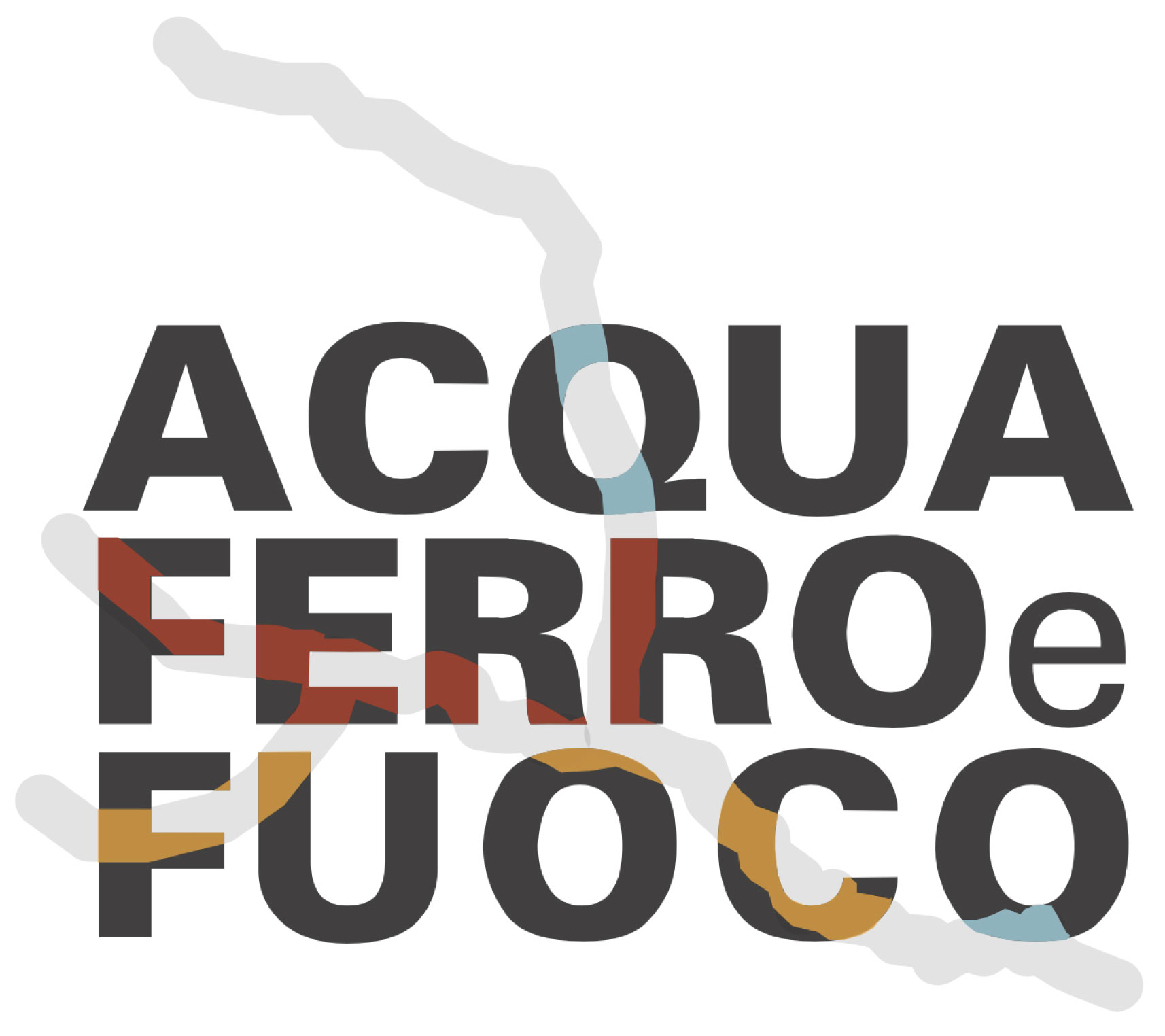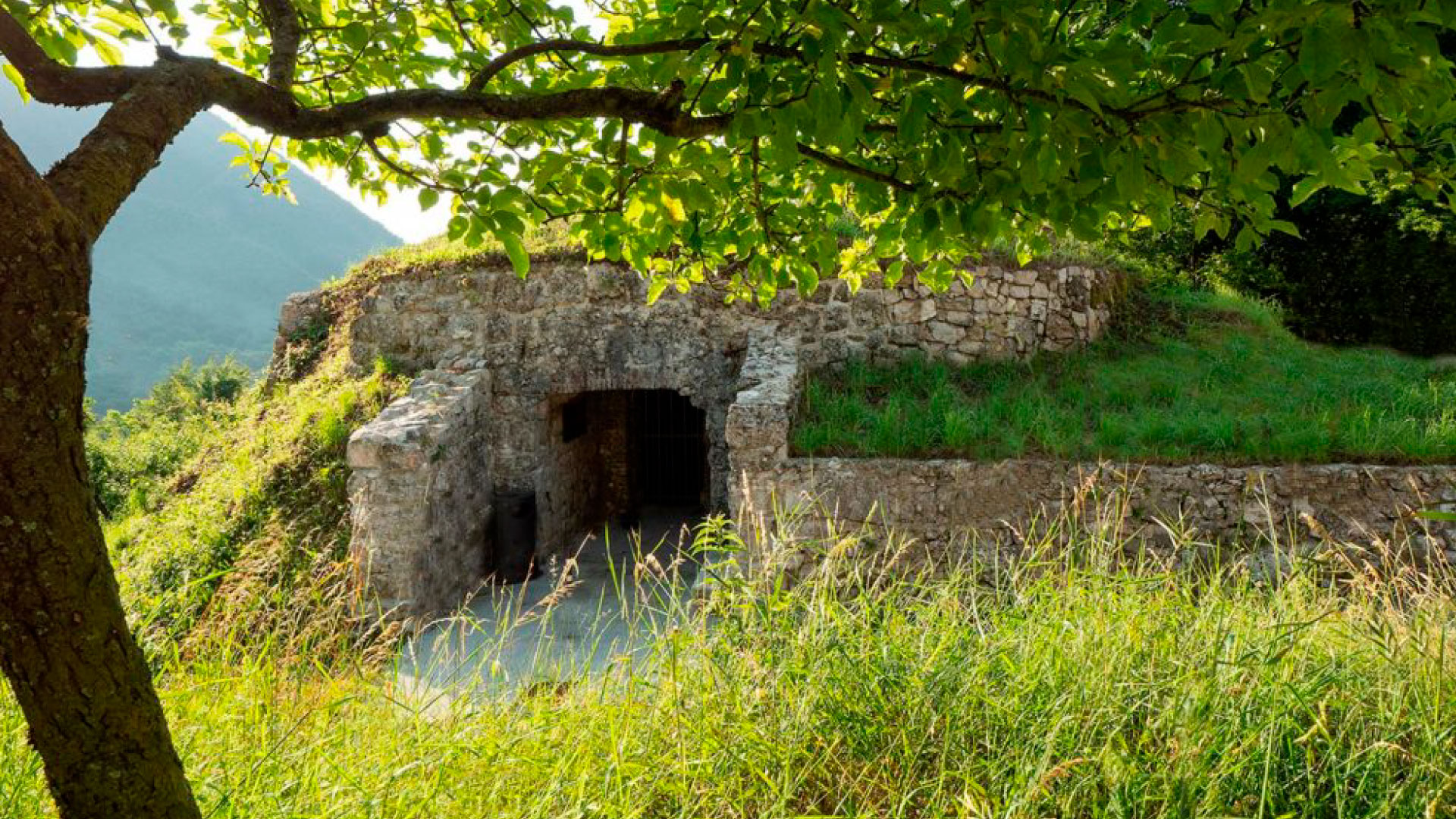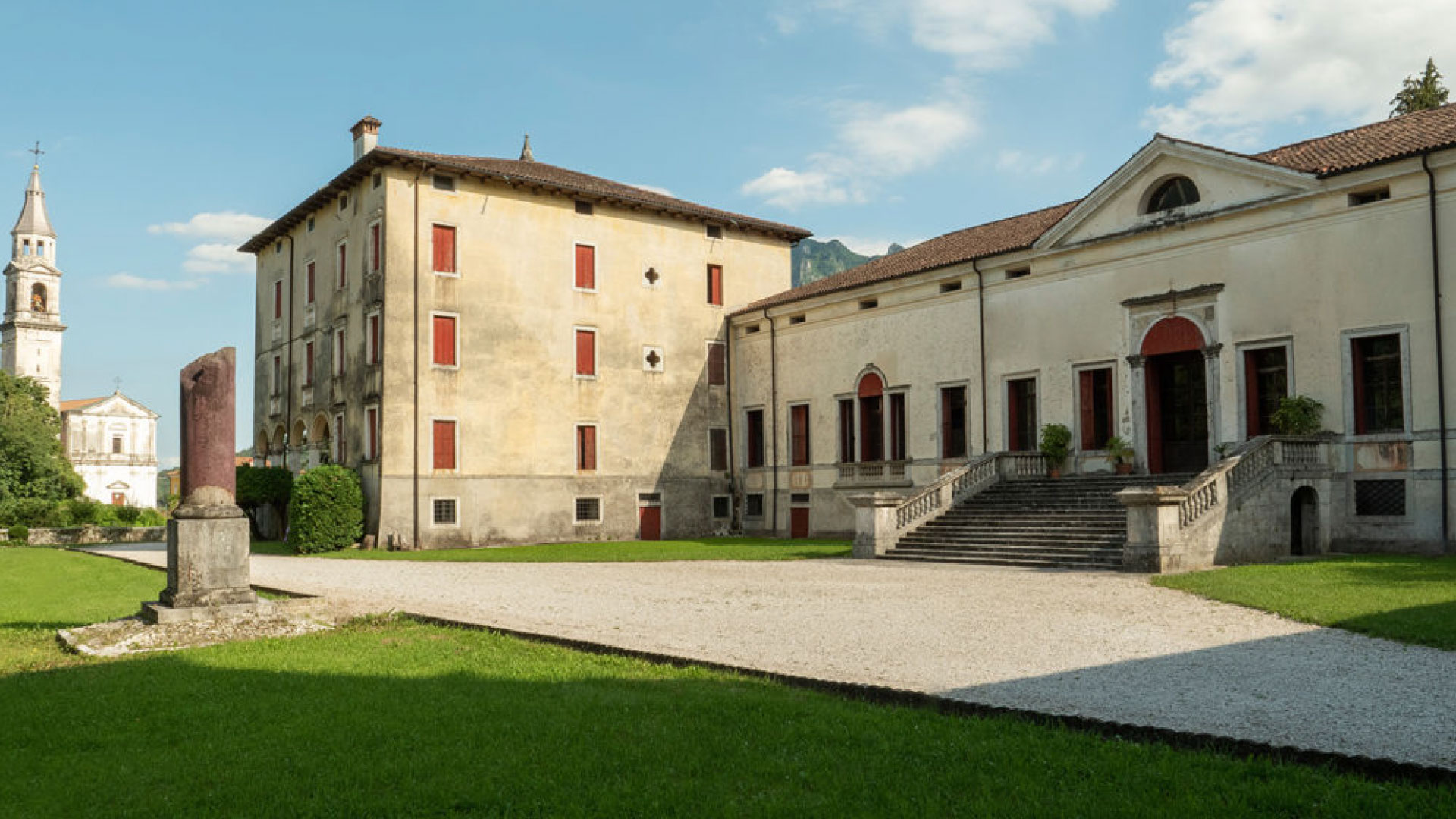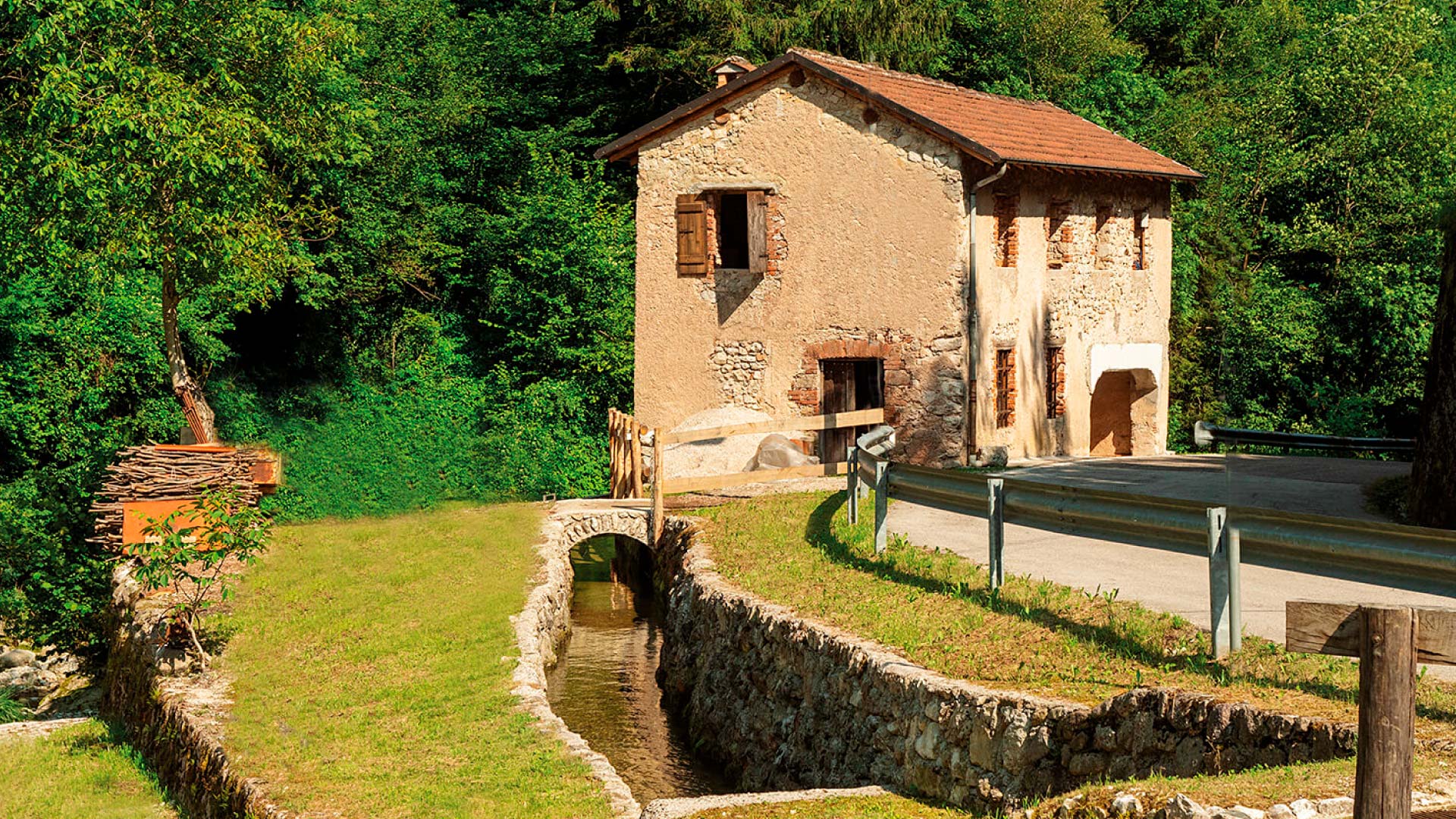The first traces of permanent settlements in Valle dei Laghi lie where its districts still stand today and date back to the 11th century. At this time, families of Cimbrian woodcutters, miners and other trades began to arrive, influencing the placenames, which became more Germanic-sounding. The first terraces were sculpted in the Middle Ages, being used to scrape a subsistence living from the harsh mountain terrain. The hard life of the Laghi peoples was further complicated by never-ending border wars, passing from one ruler to another, and struggles with neighbouring communities over woods and pastures, vitally important assets for survival. Then came World War I, which witnessed the districts of Lorenzi, Molini and Vanzi fall under Austrian occupation from 1916 to 1918 and the tragic plight of refugees. An Austro-Hungarian field hospital stood above the Molini district and on the terraces was a small cemetery, where 48 Austrian soldiers were buried until 1928, when their remains were transferred to the Santissima Trinità cemetery in Schio. (photo)
In the following decades, attempts were made to reconstruct, but it was no easy task. World War II then wrought fresh destruction, as did partisan fighting to declare the valley a “free zone”. Finally, 1960s industrialisation saw the valley depopulate, sounding the death knell for a centuries-old mountain civilisation, as its villages and terraces were abandoned. There are, however, interesting remnants of a traditional rural economy and the daily life of mountain folk.
One example is the charcoal pit (piassa da carbon) belonging to the Lissa family, who owned Contrà Tretti. The pit was 6.3 m in diameter and sat at an altitude of 770 m in a large open space, propped up by the remains of a dry stone-wall. Here, a charcoal burner built a turf-covered wood pile around a wooden post, leaving it to burn for days.
Calcàra de’ a Gusela sat at an altitude of 640 m and was one of the largest local lime kilns. Quicklime was produced here by burning tonnes of limestone. The kiln comprised a round brickwork chamber with two holes: one for wood, and the other for emptying the ash. It could reach up to 800°C.
Contrà Molini: an area rich in water used to power the wheels of three mills and the ingenious gear-train that turned its cableways, which were essential for transporting materials and manure to the terraces. The water was captured upstream and channelled down special canals called canaléte to drive the paddles. The canals were called sìtole if they were closed.
The casèlo in Contrada Molini was a cooperative dairy whose members delivered their milk and took it turns to produce cheese.
The old Rosin-family sawmill started business in the Napoleonic era and sits 575 m above sea level. It provided its services to all the surrounding districts and remained operational until the late 1900s. In its last years, the paddle wheel was replaced by a more efficient turbine. Above the saw-room was a carpenter’s workshop where some machines were powered by the force that drove the saw.
Tèda de Andolòn, a barn in the foothills above Contrà Menara, was used by the valley dwellers as a place to grow crops and hay in summer; in autumn, it served as a stopover to delay the return of grazing livestock so that the valley’s hay stocks would last longer.
Source: Tra le contrade di Laghi, L. Carollo-M. Berta-O. Oliviero, 2007.













